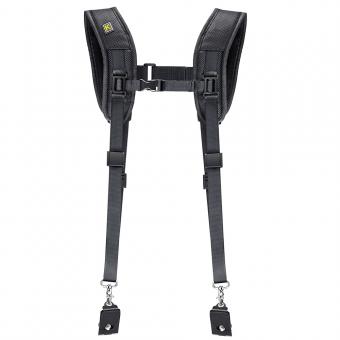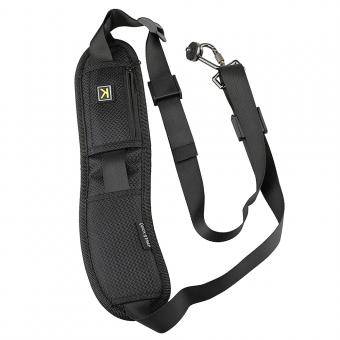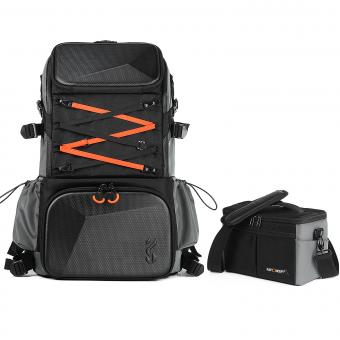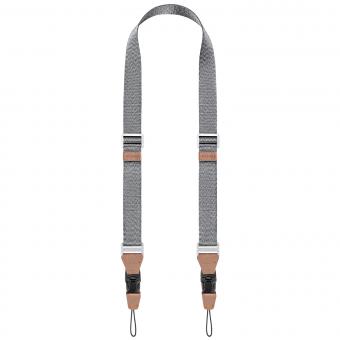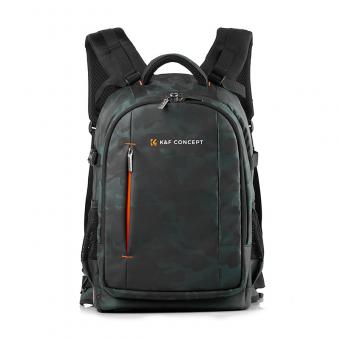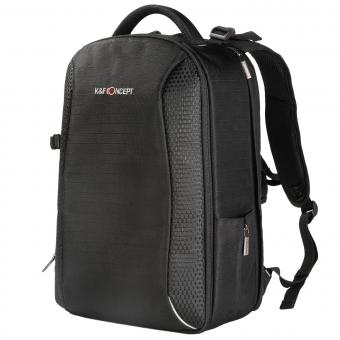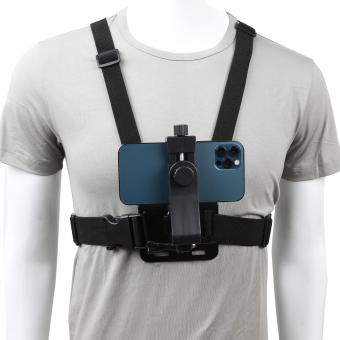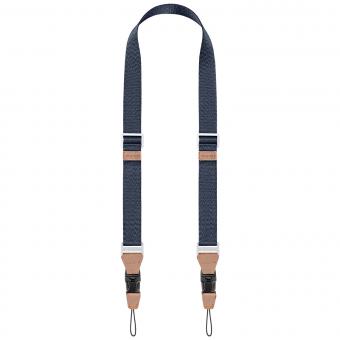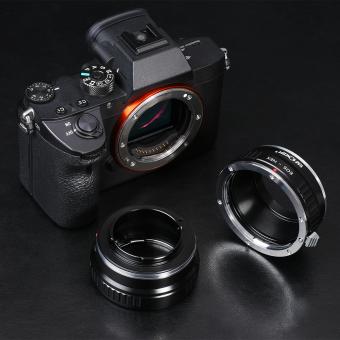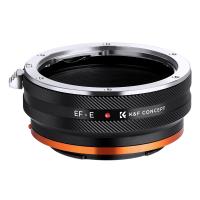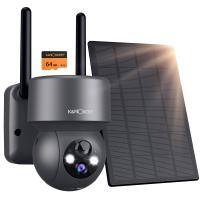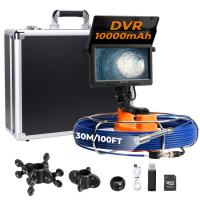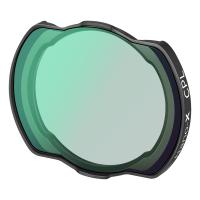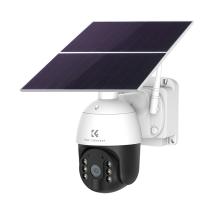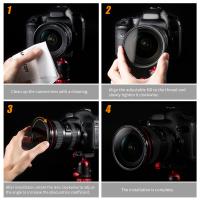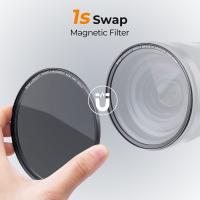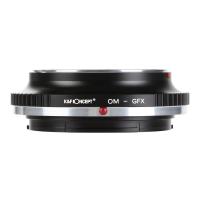How To Make Leather Camera Strap ?
To make a leather camera strap, you will need a few materials such as leather, a leather punch, rivets or snaps, a sewing machine or needle and thread, and a buckle or D-ring for adjusting the length. Start by cutting a strip of leather to your desired length and width, ensuring it is long enough to comfortably wear around your neck or shoulder. Use a leather punch to create holes at each end of the strap for attaching the hardware. Next, fold over the ends of the strap and secure them with rivets or snaps. If you prefer a stitched look, you can sew the ends together using a sewing machine or by hand with a strong needle and thread. Finally, attach a buckle or D-ring to one end of the strap for adjusting the length. Make sure all the hardware is securely fastened, and your leather camera strap is ready to use.
1、 Choosing the right leather for your camera strap
Choosing the right leather for your camera strap is essential to ensure both durability and style. Leather camera straps are not only functional but also add a touch of elegance to your photography gear. Here are some key points to consider when selecting the leather for your camera strap.
Firstly, you need to decide on the type of leather you want. Full-grain leather is the highest quality and most durable option. It is made from the top layer of the hide and retains the natural grain, making it resistant to wear and tear. Top-grain leather is another good choice, as it is also durable and has a smooth surface. Genuine leather, on the other hand, is made from the lower layers of the hide and is less durable.
Next, consider the thickness of the leather. Thicker leather will provide more support and strength for your camera, but it may also be bulkier and less flexible. It is important to strike a balance between thickness and comfort.
Furthermore, pay attention to the finish of the leather. Some camera straps have a smooth, polished finish, while others have a more rustic, distressed look. The finish you choose should complement your personal style and the overall aesthetic of your camera.
Lastly, consider the hardware and attachments for your camera strap. Opt for high-quality metal hardware that is sturdy and secure. Additionally, ensure that the attachments are compatible with your camera model.
In terms of making a leather camera strap, it requires some basic leatherworking skills and tools. You will need a leather strap, a leather punch, rivets or stitching tools, and a buckle or attachment hardware. There are numerous online tutorials and resources available that provide step-by-step instructions on how to make a leather camera strap.
In conclusion, choosing the right leather for your camera strap is crucial for both functionality and style. Consider factors such as the type of leather, thickness, finish, and hardware to ensure a durable and aesthetically pleasing camera strap. If you are up for a DIY project, you can also try making your own leather camera strap using basic leatherworking tools and techniques.
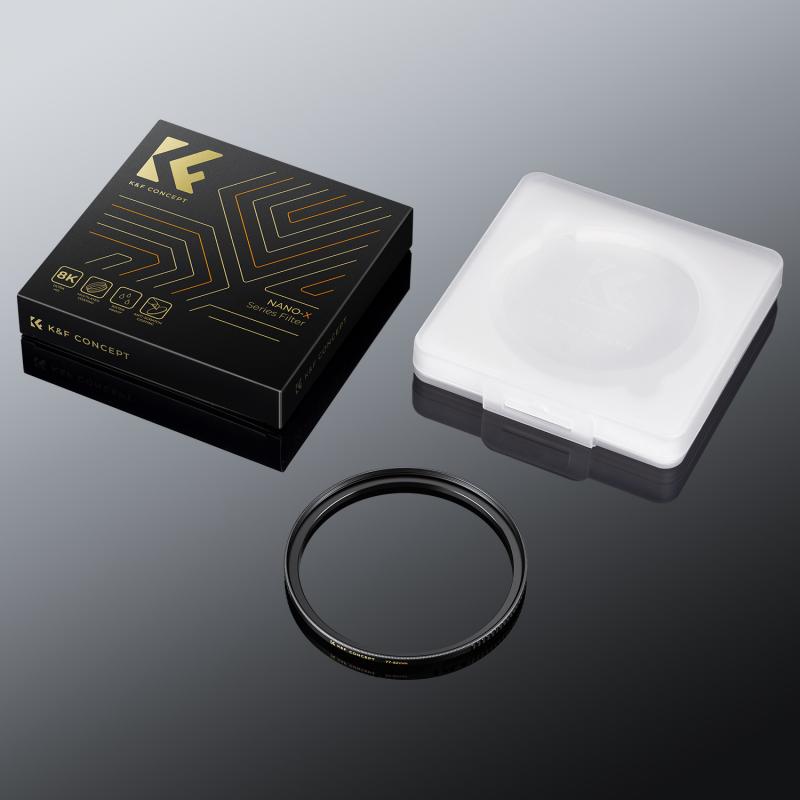
2、 Measuring and cutting the leather to the desired length
To make a leather camera strap, you will need a few materials and tools, including leather, a ruler or measuring tape, a cutting tool (such as a utility knife or leather scissors), a hole punch, and some hardware like D-rings or swivel hooks. Here is a step-by-step guide on how to make a leather camera strap:
1. Measure and cut the leather: Start by measuring the desired length of your camera strap. Consider the length that feels comfortable when worn around your neck or across your body. Use a ruler or measuring tape to ensure accuracy. Once measured, mark the length on the leather and cut it using a cutting tool. Make sure to cut straight and clean lines.
2. Punch holes for hardware: Determine where you want to attach the hardware on the strap. Typically, two holes are punched at each end of the strap to attach the D-rings or swivel hooks. Use a hole punch to create evenly spaced holes that are suitable for the size of your hardware.
3. Attach the hardware: Insert the D-rings or swivel hooks into the punched holes. Make sure they are securely fastened and won't come loose during use. You can use pliers to help with this step if needed.
4. Optional: Add decorative elements: If you want to add a personal touch or enhance the aesthetics of your camera strap, you can consider adding decorative elements. This could include stitching along the edges, embossing your initials or a pattern onto the leather, or attaching small leather accents.
5. Test and adjust: Once your camera strap is complete, attach it to your camera and test its functionality. Ensure that it securely holds your camera and feels comfortable when worn. If necessary, make any adjustments to the length or hardware placement.
Remember, leatherworking can be a skill that takes time and practice to master. It's always a good idea to start with simple projects and gradually work your way up to more complex designs. Additionally, consider using high-quality leather and tools for the best results.
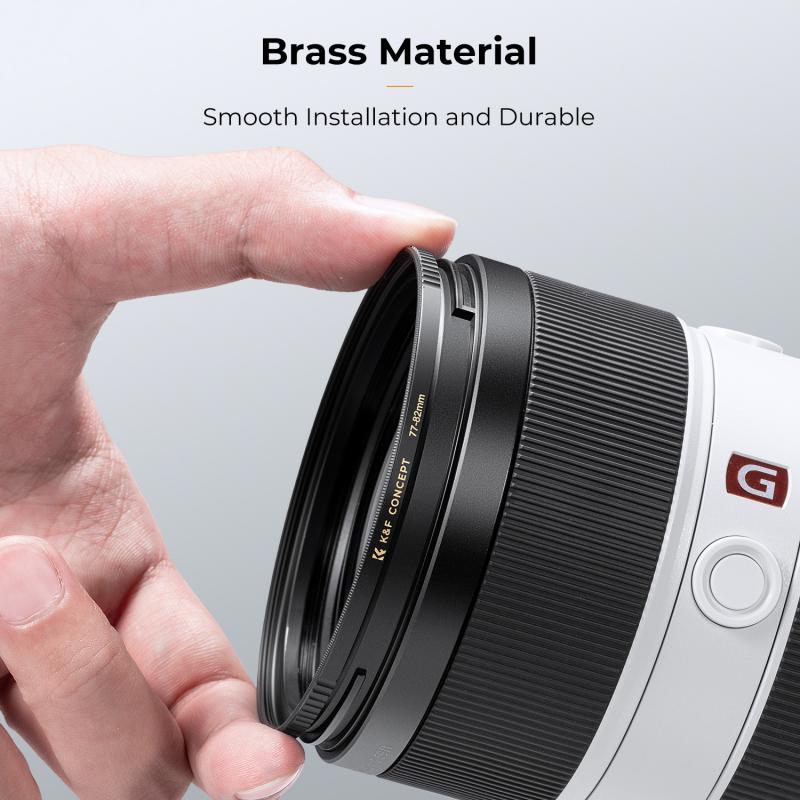
3、 Adding hardware and attachments to the camera strap
To make a leather camera strap, you will need a few materials and tools. Here is a step-by-step guide on how to create your own leather camera strap:
1. Gather the materials: You will need a piece of high-quality leather, preferably around 1 inch wide and 40 inches long. You will also need a leather punch, rivets, a hammer, and a buckle or attachment hardware.
2. Measure and cut the leather: Measure the desired length for your camera strap and cut the leather accordingly. Make sure to leave some extra length for attaching the hardware.
3. Punch holes: Use a leather punch to create holes at each end of the strap for attaching the hardware. Make sure the holes are evenly spaced and large enough to fit the rivets or screws.
4. Attach the hardware: Depending on your preference, you can use a buckle or other attachment hardware to secure the strap. Follow the manufacturer's instructions to attach the hardware securely to the leather.
5. Test and adjust: Once the hardware is attached, test the strap by attaching it to your camera. Adjust the length if necessary to ensure a comfortable fit.
Adding hardware and attachments to the camera strap can enhance its functionality and convenience. Some popular options include quick-release buckles, tripod mounts, and adjustable sliders. These additions allow for easy attachment and detachment of the camera, provide stability when using a tripod, and offer adjustable length options for different shooting scenarios.
When choosing hardware, consider the weight and size of your camera to ensure it can support the load. Additionally, opt for durable and high-quality materials to ensure longevity and reliability.
Remember to regularly inspect the hardware for any signs of wear or damage, as it is crucial for the safety of your camera.
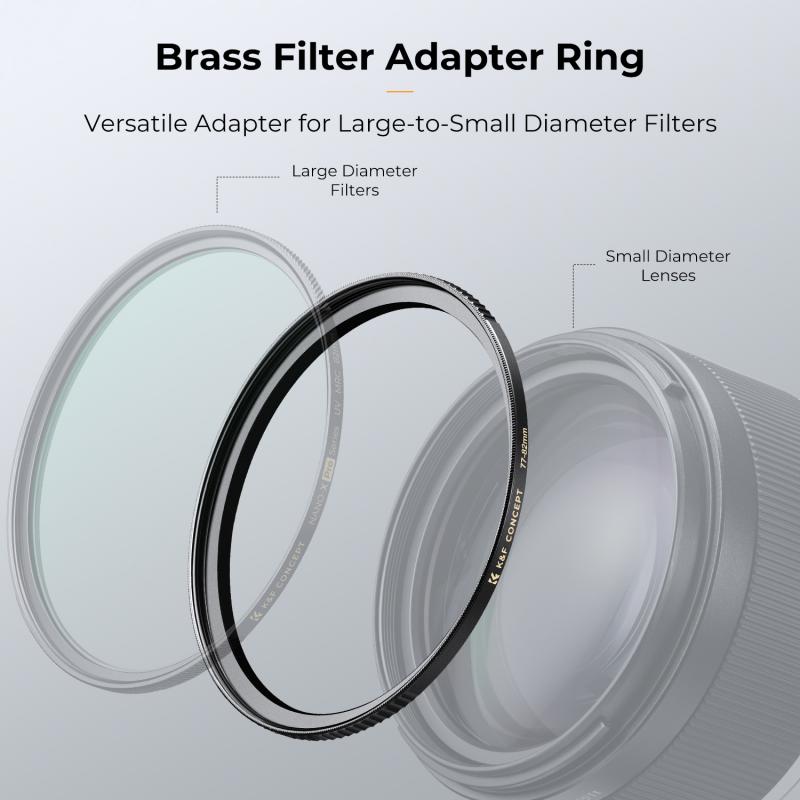
4、 Stitching and assembling the leather pieces together
To make a leather camera strap, you will need a few materials and basic sewing skills. The process involves cutting and stitching leather pieces together to create a durable and stylish strap.
First, gather the necessary materials: a piece of leather, a leather punch, a sewing needle, waxed thread, and a buckle or D-ring for attachment.
Start by measuring and cutting the leather to your desired length and width. You can choose to make a simple straight strap or add decorative elements like stitching or embossing.
Next, use a leather punch to create holes along the edges of the strap for stitching. Make sure the holes are evenly spaced and aligned.
Now, it's time to stitch the leather pieces together. Thread a needle with waxed thread and start sewing from one end of the strap. Use a strong and durable stitch, such as a saddle stitch, to ensure the strap's longevity. Stitch along the edges, making sure to pull the thread tightly for a secure hold.
Once you have stitched the strap, attach a buckle or D-ring to one end. This will allow you to easily attach the strap to your camera.
Finally, trim any excess thread and give the strap a final polish with leather conditioner or wax for a professional finish.
It's worth noting that leatherworking techniques and trends can evolve over time. You may find new tools or methods that can enhance the process or add unique touches to your camera strap. Stay updated with the latest leatherworking resources and experiment with different designs to create a strap that suits your style and needs.


